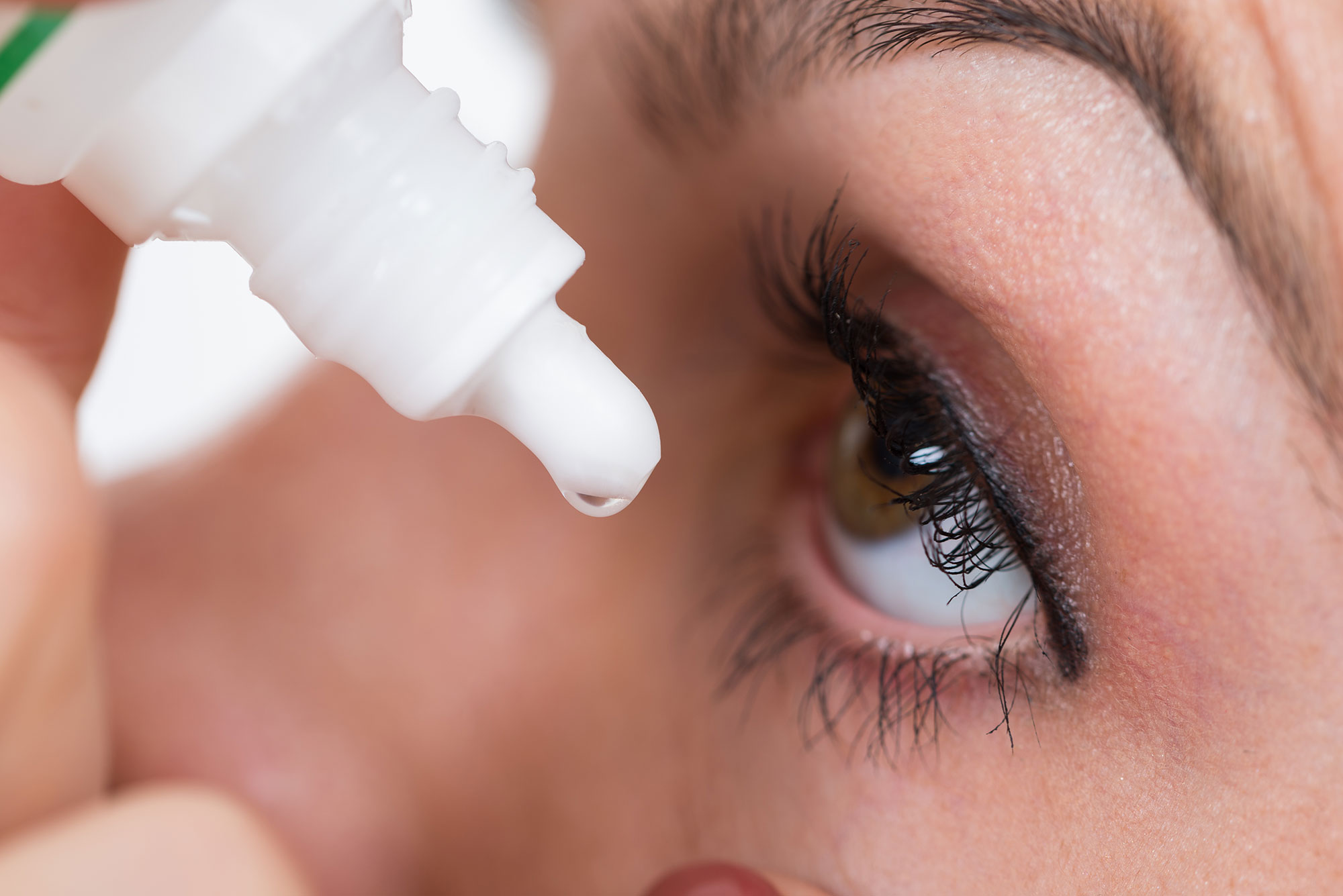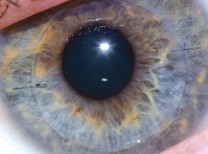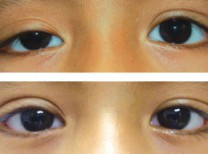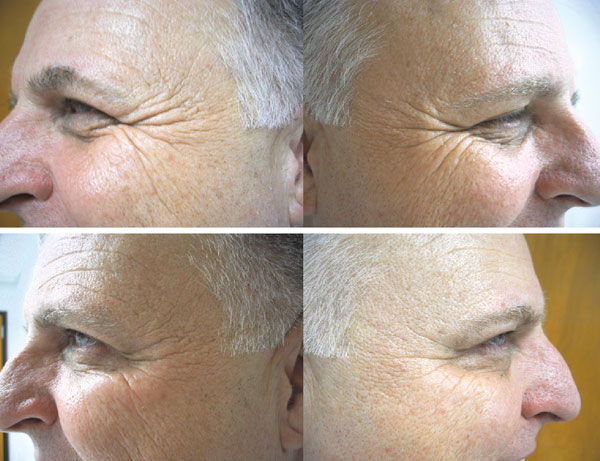The short answer is “maybe.” To understand why, we need first to understand why one would use an eye whitener; other conditions it could mask or complicate; and how long it has been used.
Eye drops are often prescribed to treat multiple eye conditions such as glaucoma, allergies, infections, dry eye, and inflammatory eye conditions to name a few. All of these conditions typically create a red eye condition, and often the drops prescribed can actually make the eye red as well. A study published in clinical ophthalmology, for example, showed 60% of patients on glaucoma medication had clinically significant ocular surface conditions including redness, burning and irritation. For these patients, eye whiteners may be used occasionally; however, a better solution is to change the patient from preserved medication to non-preserved. Research shows that when preservatives are removed from glaucoma medications the incidence of red eye is reduced significantly.
So the real message here is to find out from a professional why the eye is red.
Eye whiteners such as Visine and Clear Eyes have packaging inserts that advise against over use or use for extended periods as well as use under many conditions (such as inflammation or infection). Many people ignore these instructions, using eye drops whenever they feel the slightest discomfort or for long term use of chronic red eyes. In clinical practice it is not uncommon to find patients using eye whitening drops for months at a time.
Many patients that use eye whiteners to “get the red out” are often surprised to learn that overuse can increase eye redness and initiate something called rebound hyperemia. The rebound hyperemia is caused by fatigue of the smooth muscles lining the small conjunctival blood vessels that respond to the vasoconstriction component of whitening drops. When this happens it becomes a never-ending cycle of use to remove redness followed by even more redness when the dosage begins to wear off.
Ingredients found in eye whiteners such as imidazoline derivatives, antihistamines, and corticosteriods can cause dizziness, headache, increased sweating, nausea, weakness, nervousness, and decrease in body temperature when overused; they can also slow the heartbeat. Some ingredients can also cause permanent redness and damage to the blood vessels in the eye. Corticosteriods (often prescribed for red eyes) suppress the normal immune response and can interfere with normal healing. This can exacerbate herpetic and fungal infections.
So when should you avoid whitening eye drops?
- Do not use if there is any pain.
- Do not use if there is any discharge.
- Do not use if the vision is involved (vision is worse).
- Do not use if there are other symptoms such as irritation, itching and swelling.
- Do not use if you have concurrent high fever, seasonal allergies or a shingles outbreak.
If you have a specific ocular condition, ask your doctor if it is OK to use whitening eye drops. When you do use them, use only on occasion and only for a short time, and if the redness returns upon discontinuation, seek the advice of a professional.
Dr. Evans is the founding owner of Evans Eye Care in Palm Desert and can be reached at (760) 674.8806 or online at www.evanseyecare.com.















































Comments (0)